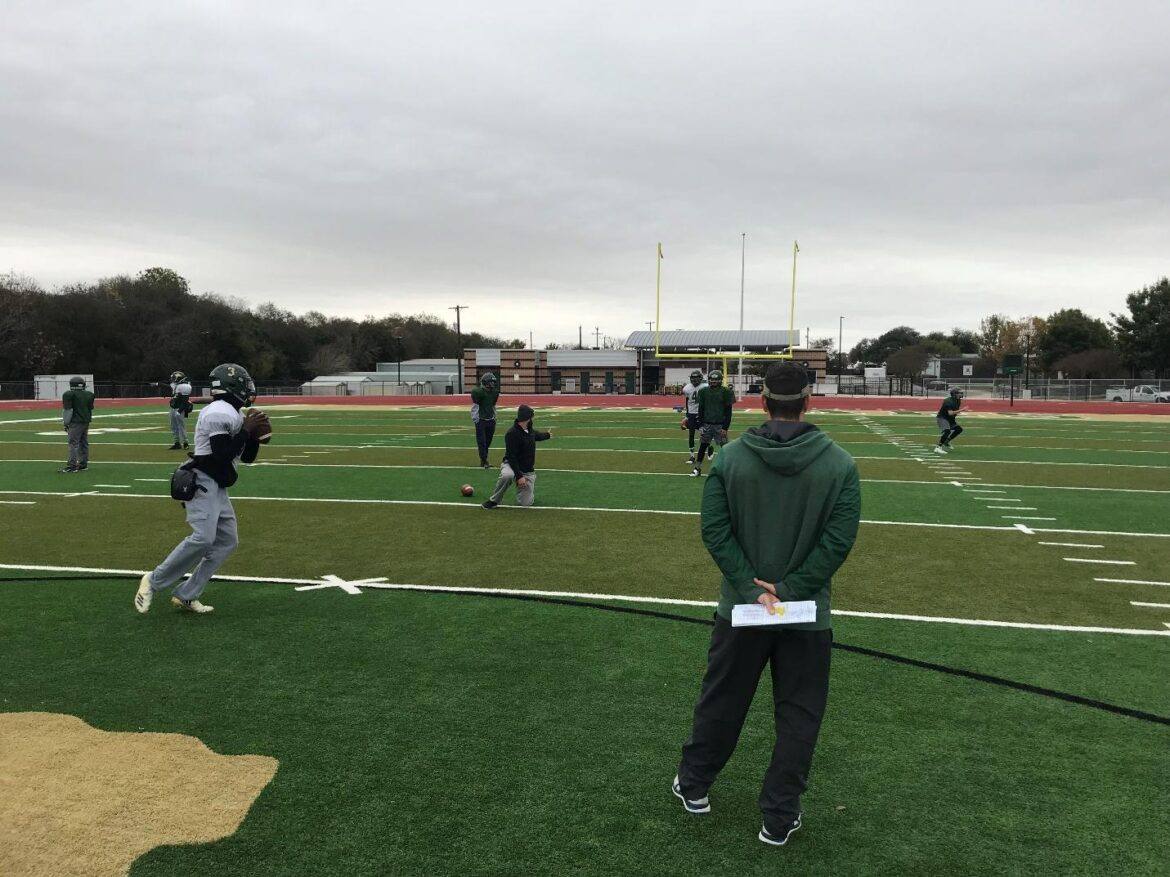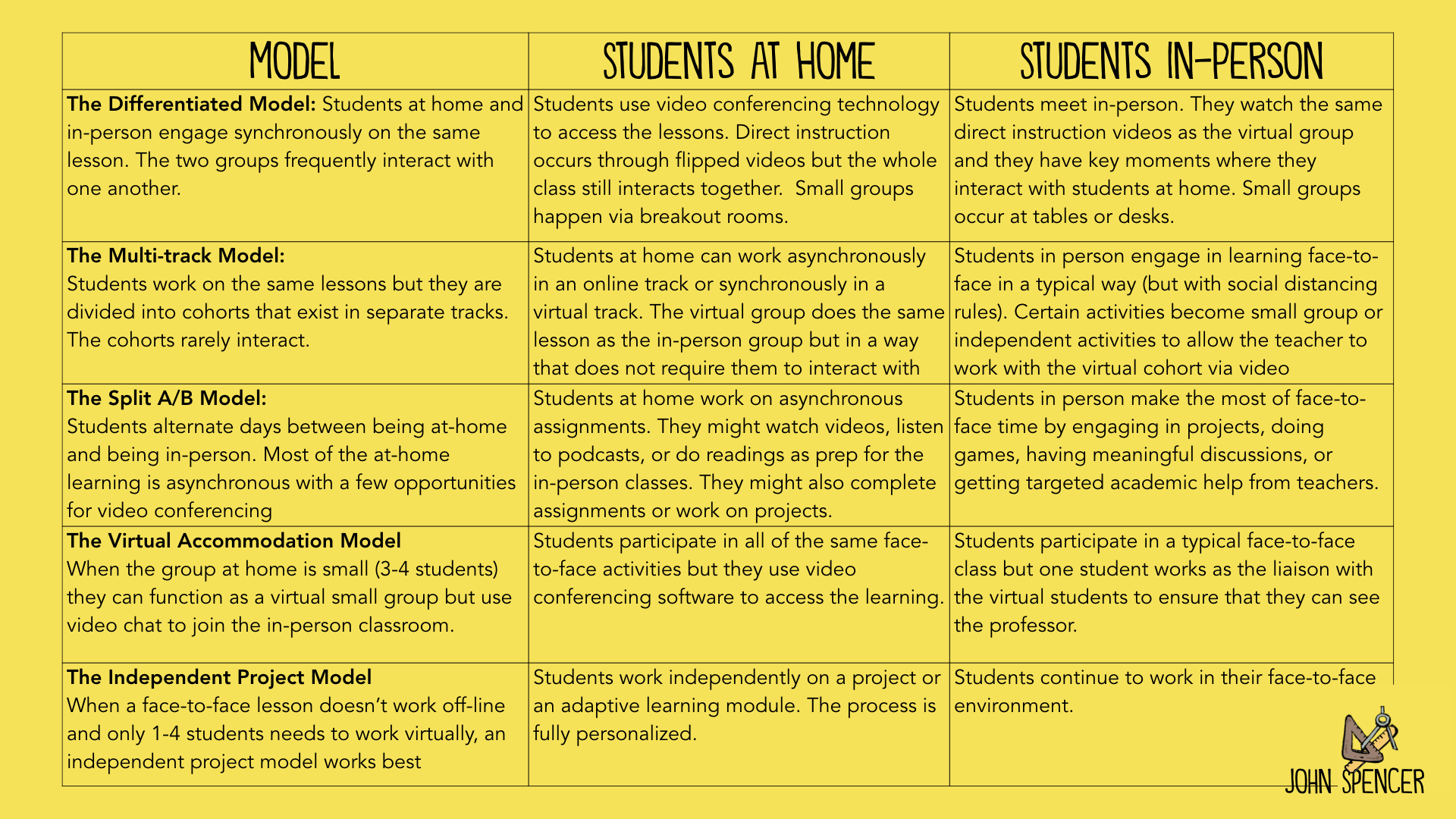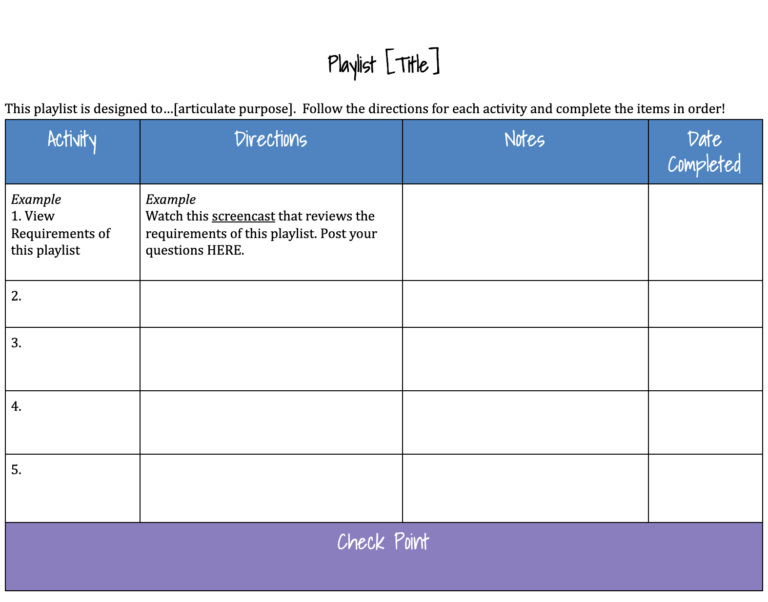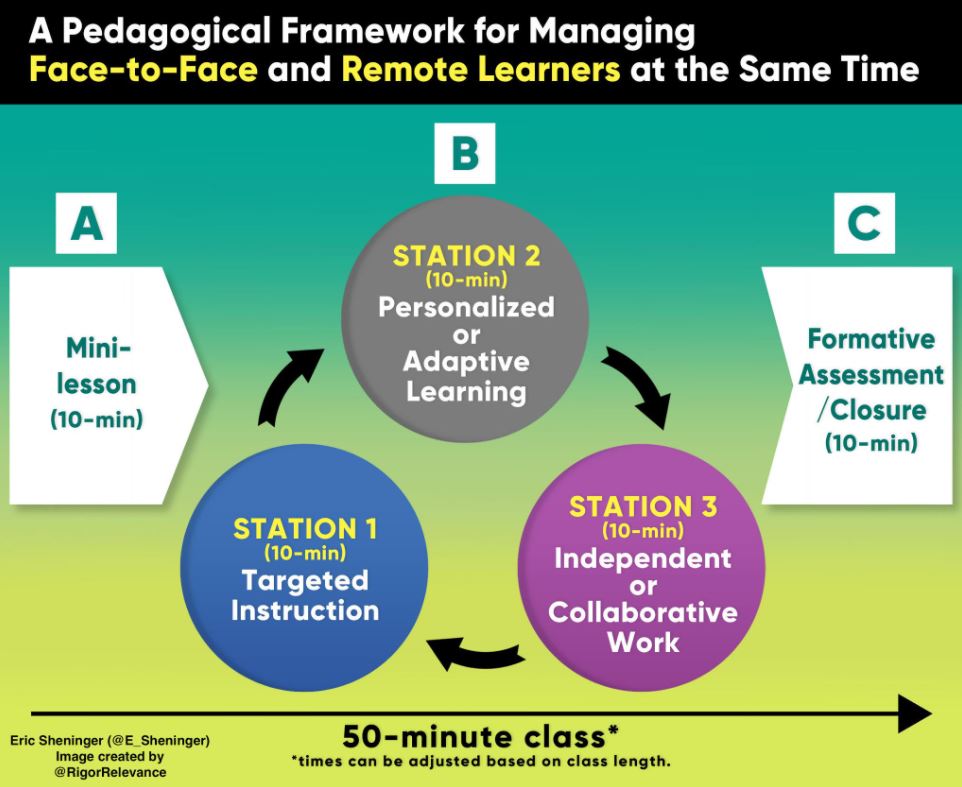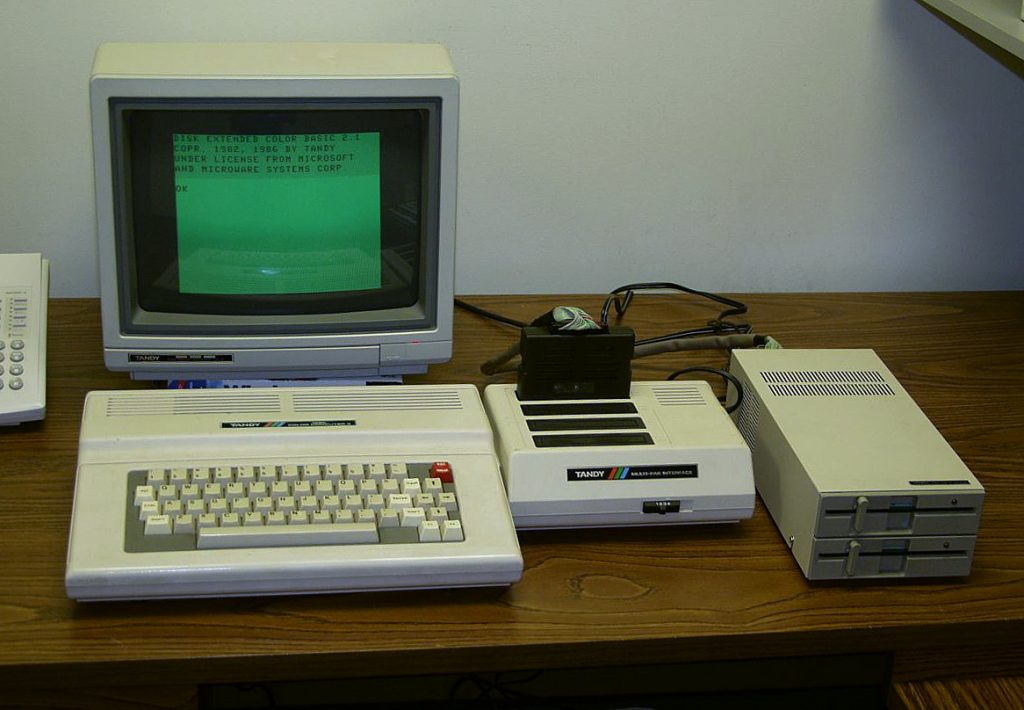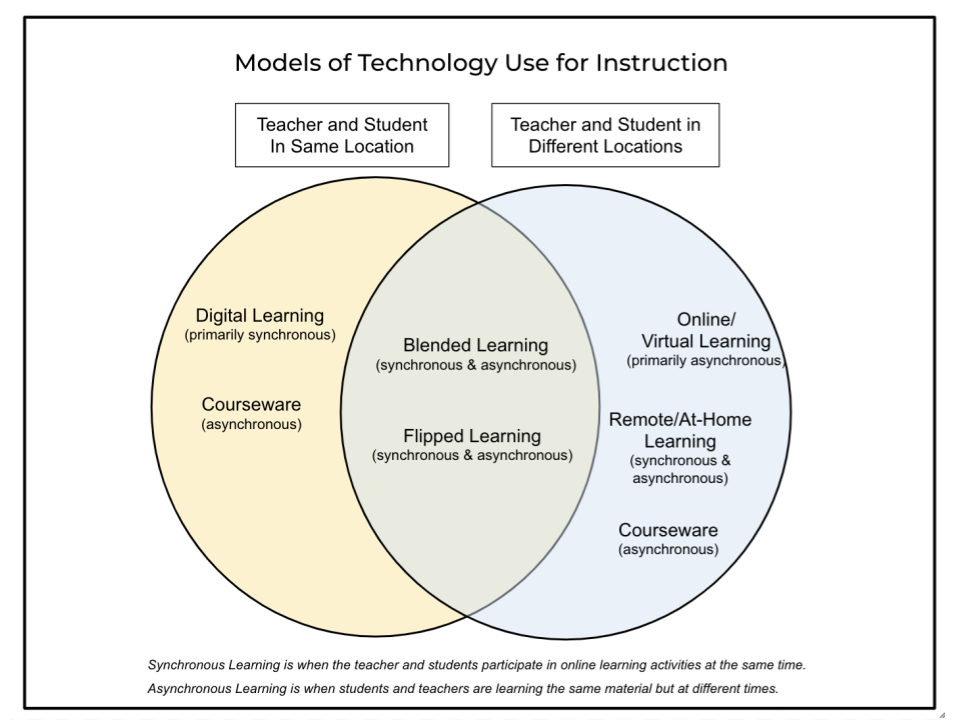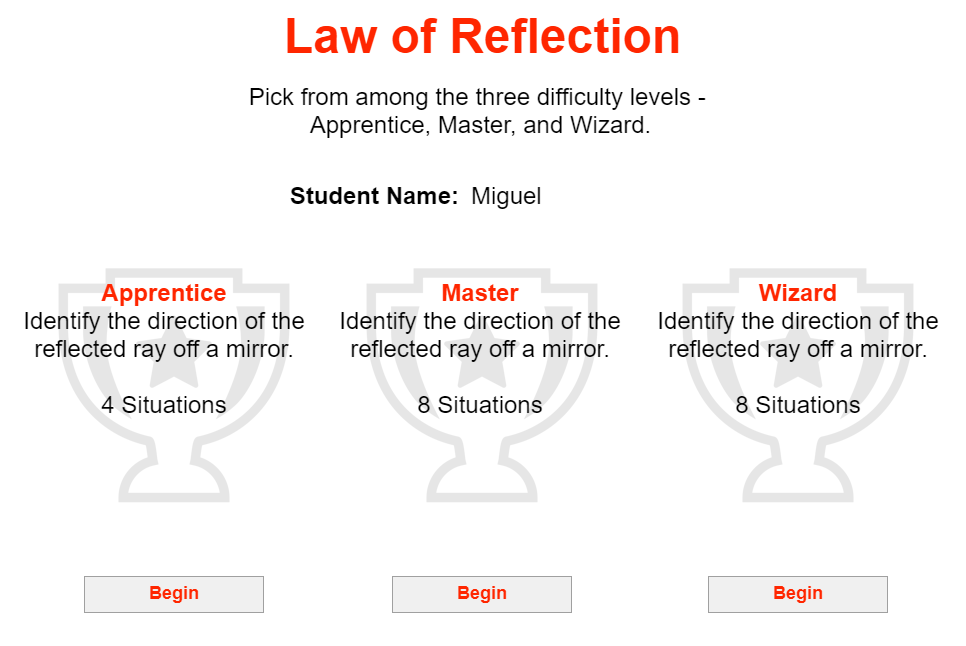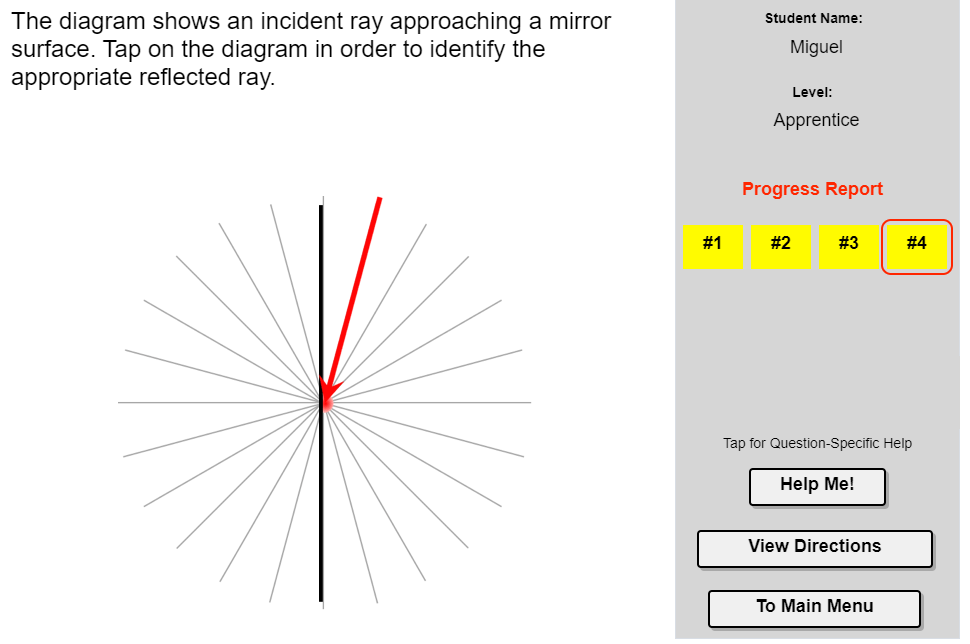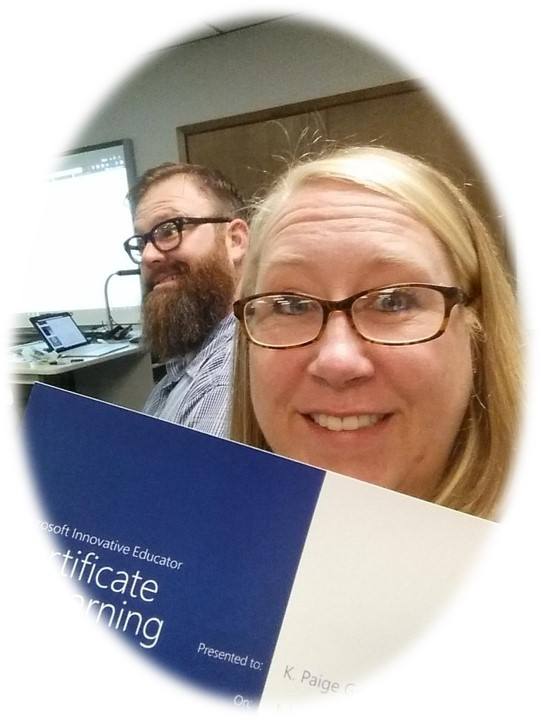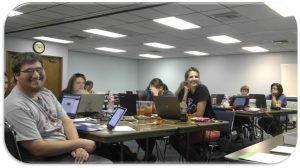Are you sold on the flipped classroom model but don’t know where to start? I’d like to help you get there. I’m very passionate about this method and can’t wait for others to join me.
It’s been a year and a half since I started flipping, and seeing the transformation of my class and my students is exhilarating. Students are more engaged and interested and there is more active learning in class. I’d like to share my knowledge with you to hopefully help lessen the anxiety of trying something new.
Let’s get started with a few things I believe are important to a successful transition to a flipped classroom.
Consider Access First
First, incorporating technology is the most important aspect of flipping your classroom as this is how students will access materials outside of the school. In my district, we use the learning management system (LMS) Canvas to offer a blended learning approach.
An LMS is a great tool to deliver vast amounts of information through a web-based environment. It is easy for students and offers 24-hour access to information (i.e. calendars, learning content, multimedia, assignments, etc.) anywhere they choose as long as they have internet access. Learning your districts’ LMS is crucial.
You can also register for a free account if your district doesn’t have one. Check out the 11 Best Free, Open Source LMS Tools for Your Small Business to explore some options.
Use the Right Tools
Secondly, integrating various digital tools for your students to use is also a must. One of the biggest struggles with flipped classrooms is having students come to class ready. In my class, students need to watch a video for homework and answer at least five questions to check understanding. How do you encourage students to complete this before class?
It helps to ensure that there are engaging, fun, and interactive activities during class for students to participate in when they come to class prepared. Make sure the students know this up front and they will come to class with their work completed so they can participate in all the excitement.
Plus, for the first several weeks, you can send emails to parents informing them of their child’s progress with homework. I also encourage a weekly newsletter so parents and students are well-aware of the expectations for the week. Whether you flip or not, communicating with parents regularly is very beneficial.
Useful Digital Tools
Here are a few digital tools I find very helpful to use with my class:
- Edpuzzle – Edpuzzle uses videos you make or find to engage students. You can embed questions throughout the video to track comprehension.
- Flipgrid – Flipgrid is a social learning platform. Students are asked questions and respond with a video, allowing other students to comment on their post and opening the door for discussions.
- Nearpod – Nearpod is an easy way to engage students with interactive lessons they can do individually (self-paced) or in groups. There are a lot of lessons to choose from, or you can create your own easily.
- Kahoot! – Kahoot! is a game-based learning tool. There are a lot of games already created by other teachers and you can also create your own. Students are highly engaged as they answer questions, creating an exciting learning environment.
- Quizizz – Quizizz is a fun and engaging way to provide student-paced formative assessments.
- Padlet – Padlet is a powerful resource for student collaboration. It is a digital canvas where students can upload videos or images, write text, or upload documents.
There is a lot to learn when flipping the classroom, so don’t try to figure it all out in one night. Learn as you go and don’t be afraid to go slowly. Start out with only flipping one lesson a week and then move to two lessons a week.
The same goes for integrating various digital tools – one at a time, and before you know it, you’ll be flipping all your lessons.
Let Your Students Shine
The best part about flipping is when your students shine. This past year, I had a student who really excelled with the flipped learning method. He struggled in math for years, and the first semester in my class was no different. However, once he and his parents grasped the concept of the flipped learning method, his grades and understanding vastly improved.
The use of instructional videos, external videos, practice problems, quizzes, and interactive games to play assisted him to see if he “gets it.” His success was a combination of having all the resources easily and readily available to him, as well as his willingness to work hard.
In your flipped classroom, you could see these same results. So remember to start with one lesson at a time and go slowly. Don’t rush, as it takes time to learn all the resources, but you will get it. Once you do, you won’t want to go back.
Photo: stem.T4L

